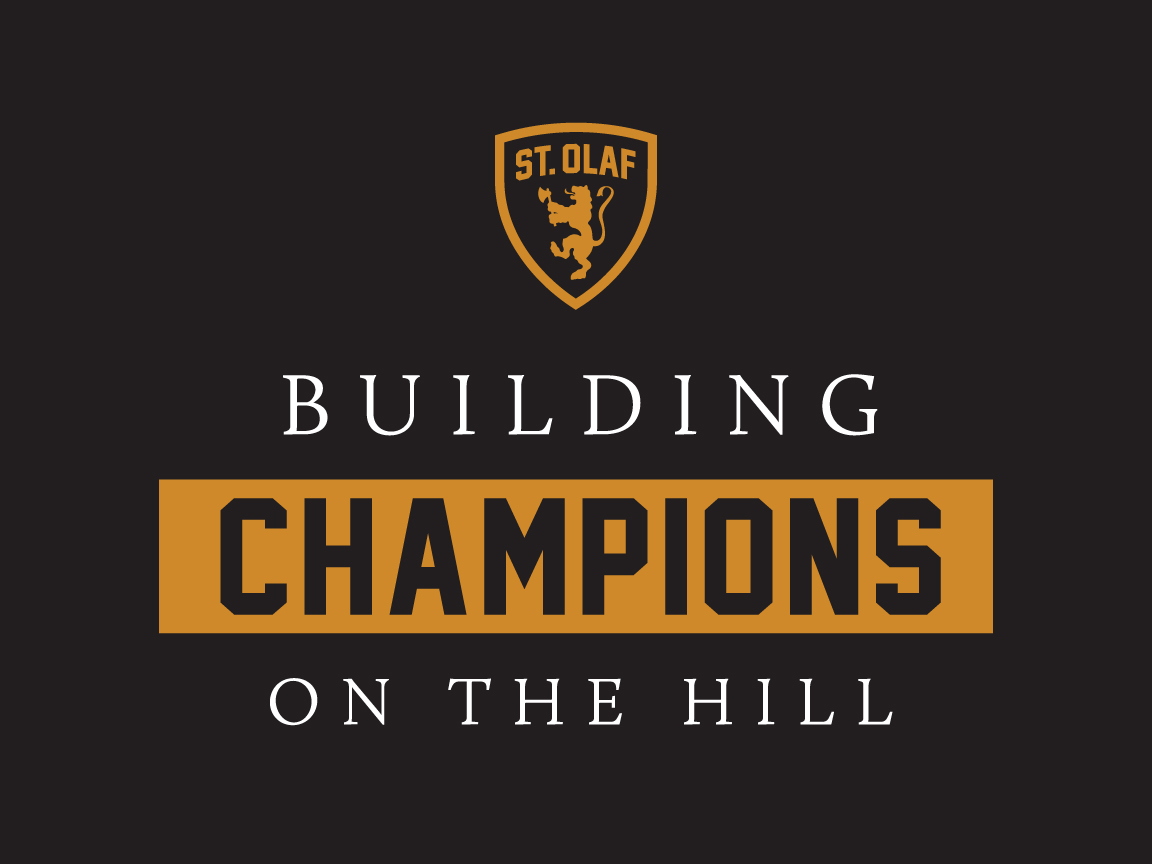I live in a house full of enthusiastic runners – morning runners, to be specific. On a typical day, while most of campus is still asleep, half of my housemates are already out on the roads, killing it on their early-morning five-milers. While I, a runner myself, infrequently join the early-morning crowd, I am constantly in awe of this incredible and mildly disgusting dedication.
St. Olaf is a campus teeming with runners. In fact, the large running population was one of the first things I noticed when I came here as a first year. And it’s not just the scantily clad men’s cross-country team who dash through the quad every afternoon: it’s your lab partner in chemistry, your French tutor, your elderly professor who suits up in windbreaker shorts and extra-tall socks to go on his daily run. Running is so prevalent here that it’s in jeopardy of becoming singularly commonplace. I used to harbor a secret pride in my identity as a runner. Then, I came to a college with a curiously huge number of ex-cross-country runners and proceeded to move in with a bunch of girls who one-upped me in every way.
How can we explain running’s epidemic success, not just on campus but around the country? As evidenced by high rates of participation in marathons and other shorter races marathon finishers increased by 47 percent in just the past 12 years running has truly reached fad status. This year’s Twin Cities Marathon featured a field of 8,781 runners – one of them my housemate – up from 6,532 participants 10 years ago.
Why do people pay upwards of $150 to put themselves through 26 miles of excruciating pain? Maybe it’s the swag: the moisture-wicking technical tee or the snazzy Camelback water bottle. Maybe it’s the right to slap the iconic, if slightly arrogant, 26.2 sticker to the back window of your car, proclaiming to the world that yes, you have endured the truest test of physical grit and mental fortitude.
But maybe it’s none of these reasons at all. Running might speak to a deeper human need for physical exertion and the sense of liberation that it can bring. I can’t speak for all runners, but I run for exploration. Running through the natural lands one day this fall, I found myself face-to-face with two deer. For a brief moment, our gazes were locked, and it felt magical. More than that, I also run for my sanity. I can’t endure day after day of the sedentariness of school; the daily grind has to be regularly interrupted with something that uses my body rather than brain.
Maybe it’s something even more deep-seated and universal. Christopher McDougall argues in his best-selling book “Born to Run” that “running is rooted in our collective imagination, and our imagination is rooted in running.”
Maybe we can account for the popularity of running by the simple fact that it’s something that we all can do. And it’s something we’ve been doing for a long, long time. I don’t run away from monstrous predators, like I imagine that people once did, but I do run from the monotony and stress of daily life, at least temporarily. Maybe my housemates and the thousands of people who lined up at the Twin Cities Marathon last weekend are doing the same thing.
But it’s getting too late for unsubstantiated philosophical claims. And tomorrow morning, I just might brave the chill and go for a run.




